Free shipping across Canada 2 bags or 1kg 🤩
Filter vs. espresso roasting - What's the difference?
Last edit Sep 2, 2023 ● Published Jun 16, 2023 ● Jasmin Tétreault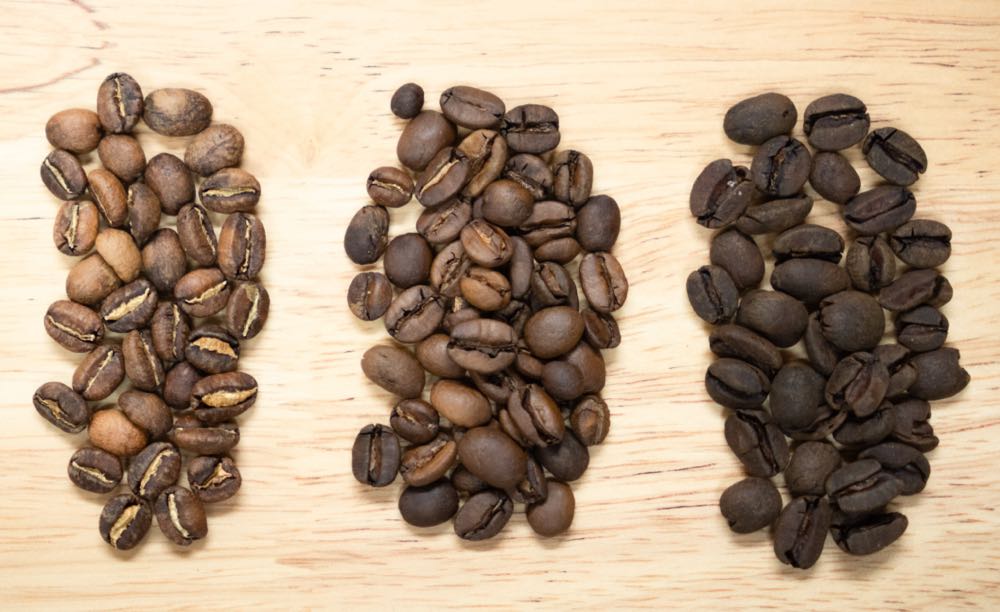
Ever wondered about the mystery shrouding the difference between filter roasting and espresso roasting? You're not alone. The espresso roasting realm is murky, with no standard definitions and the general trend toward darker roasts. Let's embark on a clarity-seeking expedition. We'll pull back the curtain on our roasting process, debunk common espresso roasting myths, and guide you to choose coffee that truly fits your espresso taste.
The common conception of espresso roasting
The notion that espresso roasts are exclusively darker is a common but incorrect assumption, propagated by coffee companies during the early development of espresso. In truth, espresso can be made using any roast level. The term 'espresso roast' denotes more about flavor preference and coffee tradition than it does any specific brewing guidelines.
Why are espresso roasts darker?
In the past, coffee bean roasts were generally darker, due to the limitations of the grinders and espresso machines available. Early coffee grinders were unable to produce a uniform particle size, resulting in uneven extraction. Darker roasting makes the beans more soluble, making extraction easier, even with low-performance equipment. It offers a more consistent, stronger flavor, less sensitive to variations in infusion conditions.
The evolution of technology has made significant enhancements in coffee equipment, ensuring the consistency of extraction. It is now possible to utilize lighter roasts, even for espresso, broadening the range of discernible aromas.
Is espresso a type of bean?
Contrary to popular belief, espresso does not refer to a coffee variety, but to a specific brewing method. When roasters refer to a coffee as an espresso blend, this indicates that the coffee is designed for use in espresso-based beverages, guided by the roaster's desired flavor profile.
Vision of roasting levels
Our coffee roasting focuses on flavor potential, not just traditional roast levels. We explore coffee aroma diversity, using beans that deliver smooth espresso with notes of chocolate, caramel, ripe fruit, or bright, acidic citrus and berry notes—reflections of their unique origins and processing. We don't differentiate between beans intended for espresso or other brewing methods, focusing instead on the unique characteristics of each coffee variety.
Choosing a coffee for espresso
For a more accurate prediction of coffee taste, trust the flavor profile indicated on the package over merely opting for an espresso blend. While dark roasts often earn the espresso blend tag, it's crucial to remember that the flavor of your coffee varies on its origin, variety, method of processing and level of roasting.
Choosing a coffee according to its flavour profile
Consider the flavor profile on the package as a compass guiding your coffee selection, ensuring a match with your preferences. Whether you're attracted to the rich notes of dark chocolate and roasted nuts or the vibrant acidity of citrus-infused coffee, concentrating on the flavor profile enables an exploration beyond the routine espresso blend, revealing the true diversity in coffee flavors.
In summary, filter and espresso roasting are not that dissimilar. We roast to accentuate each bean's flavors. Enjoying coffee involves exploring unique tastes, regardless of the roast. Choosing based on flavor profiles promotes coffee diversity over outdated notions.
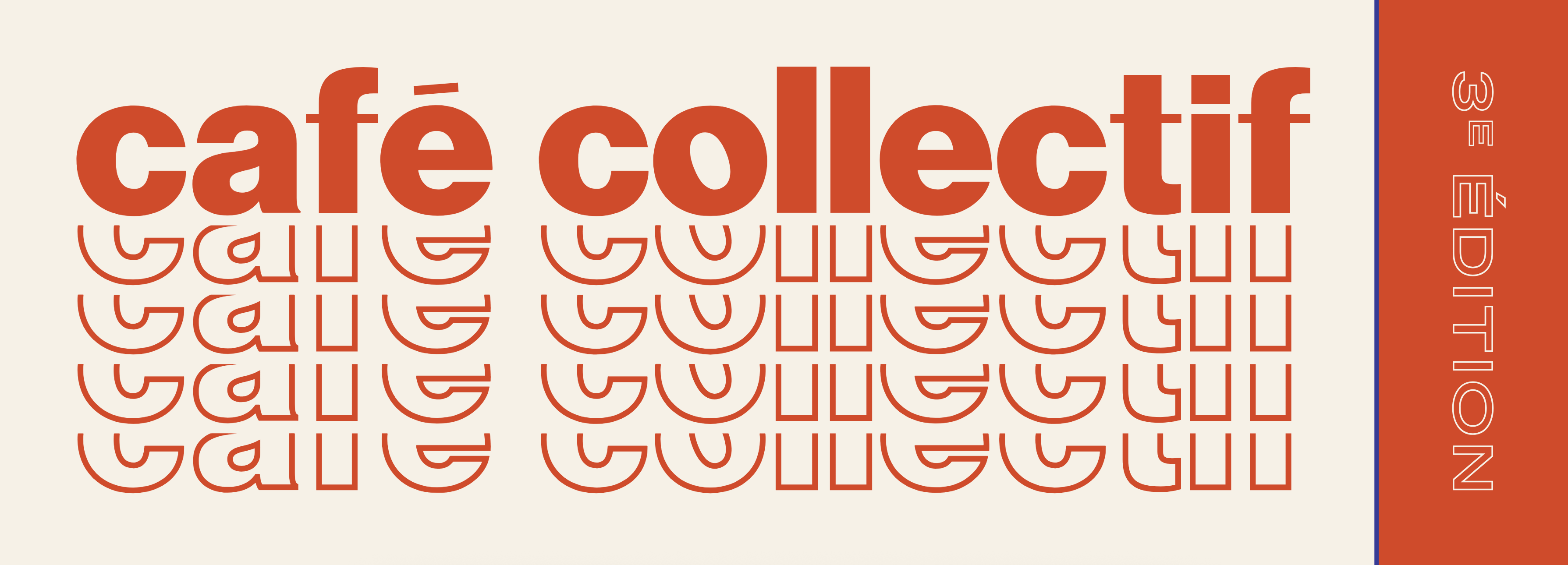
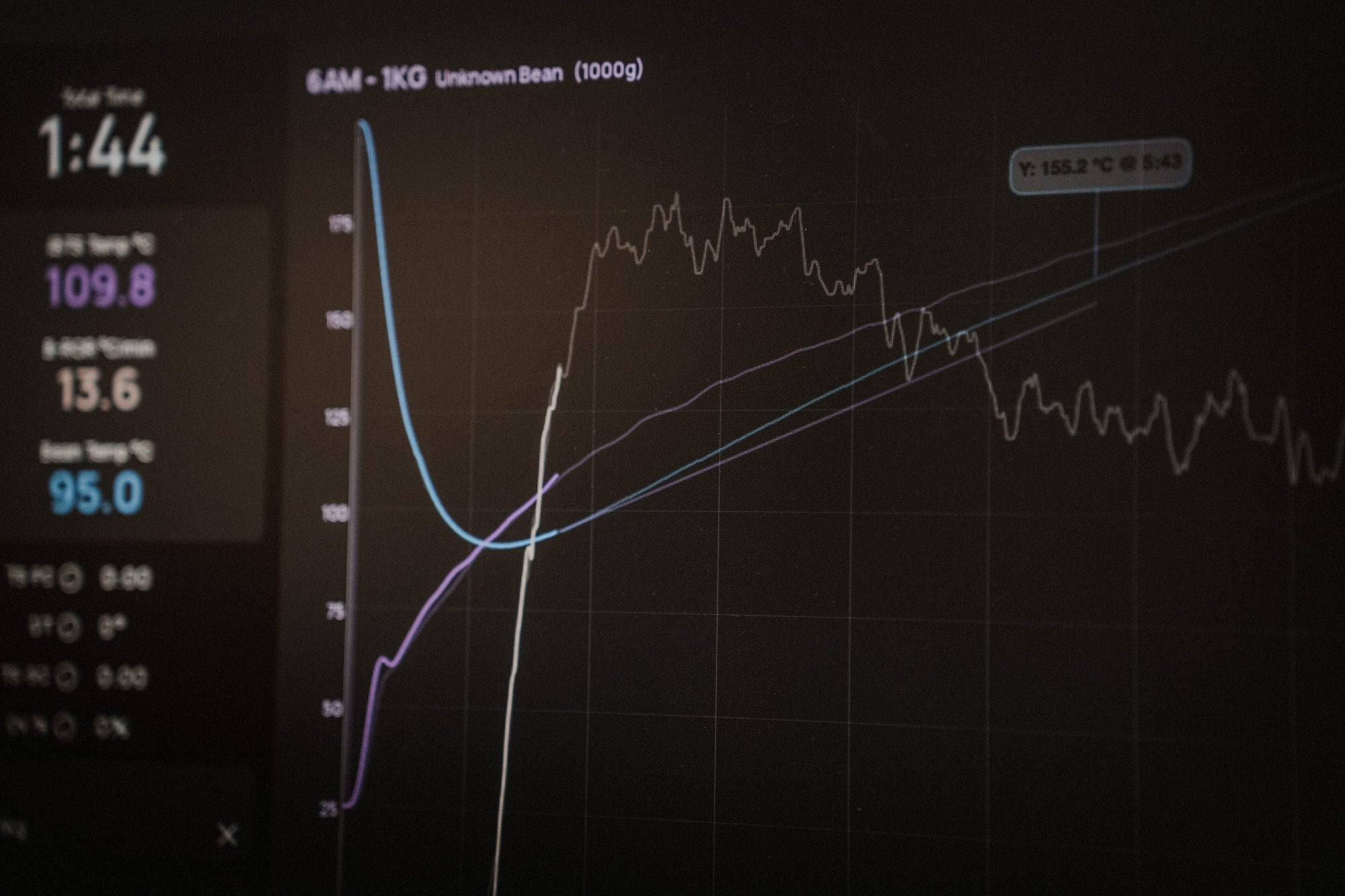
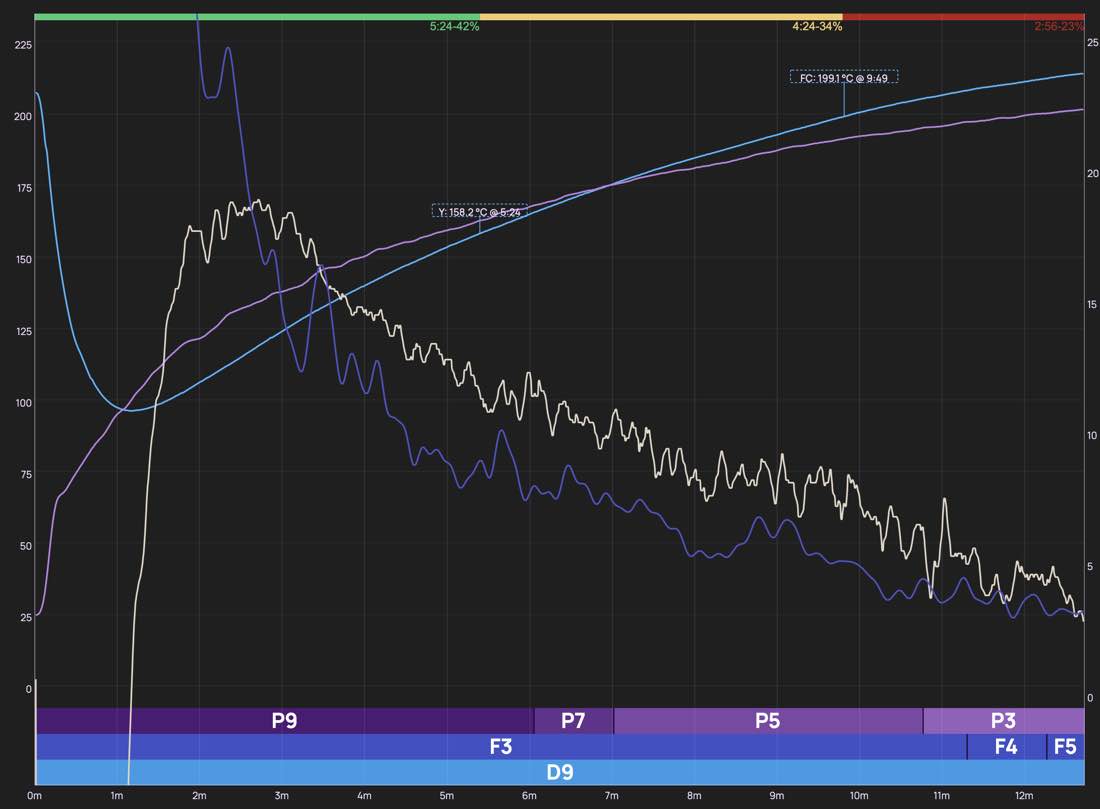
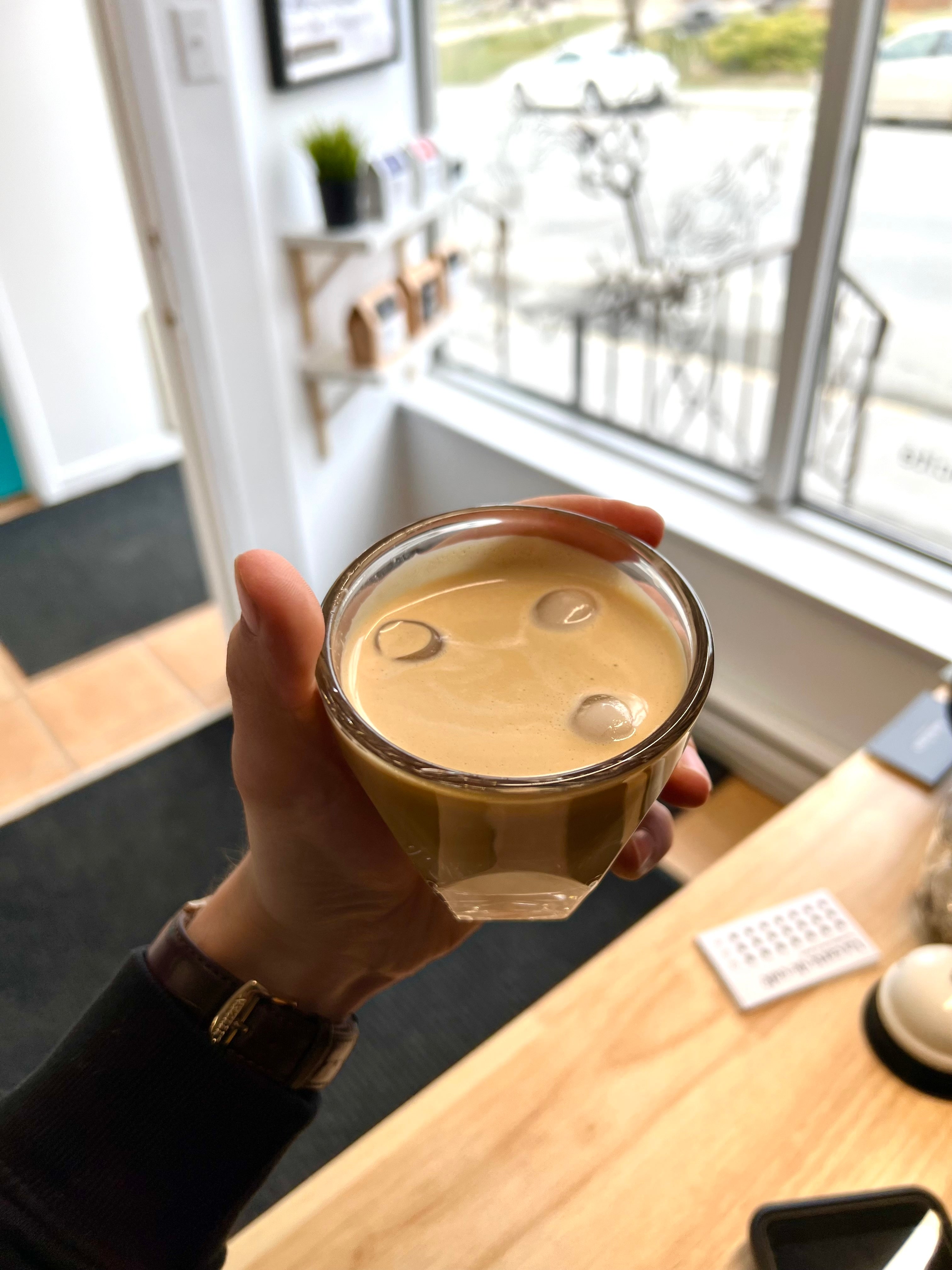
Comments
There are no comments.
Your comment